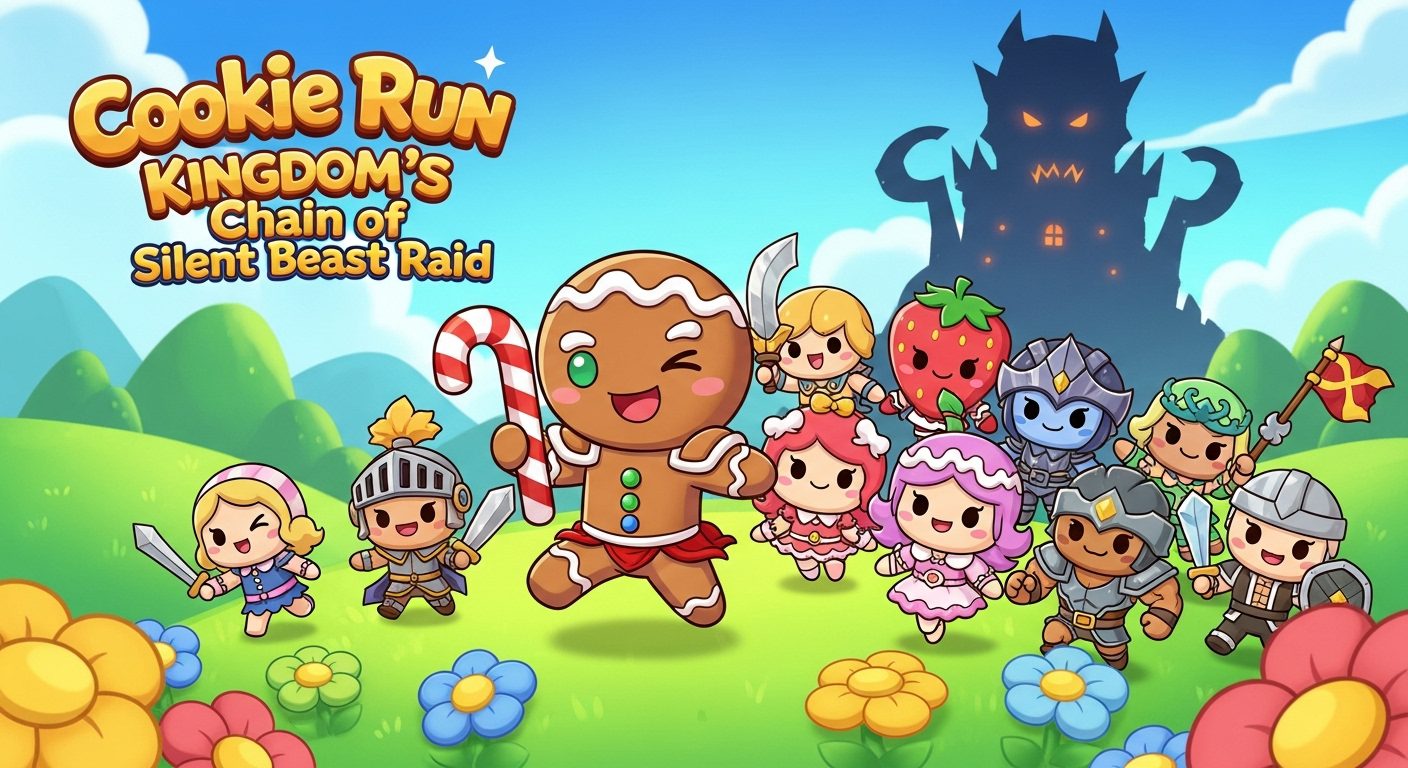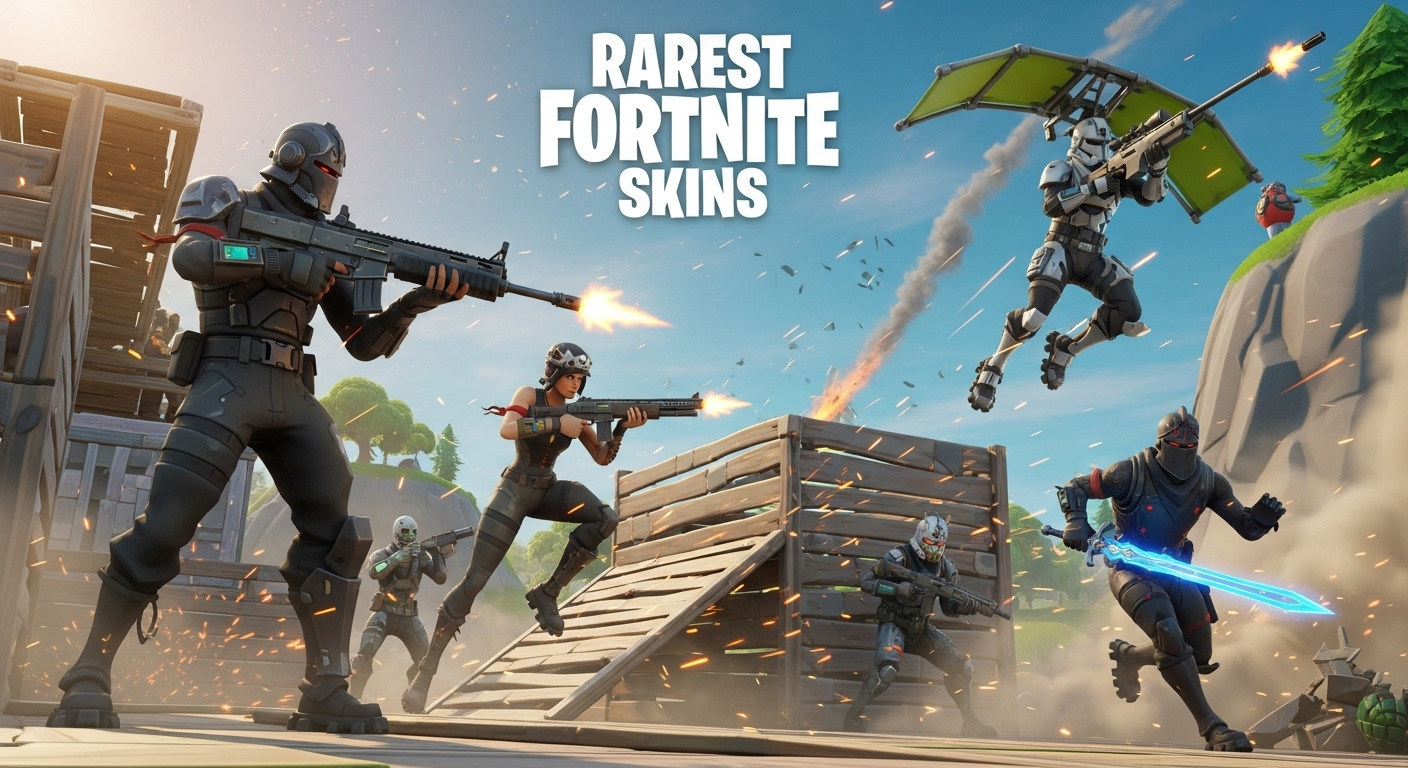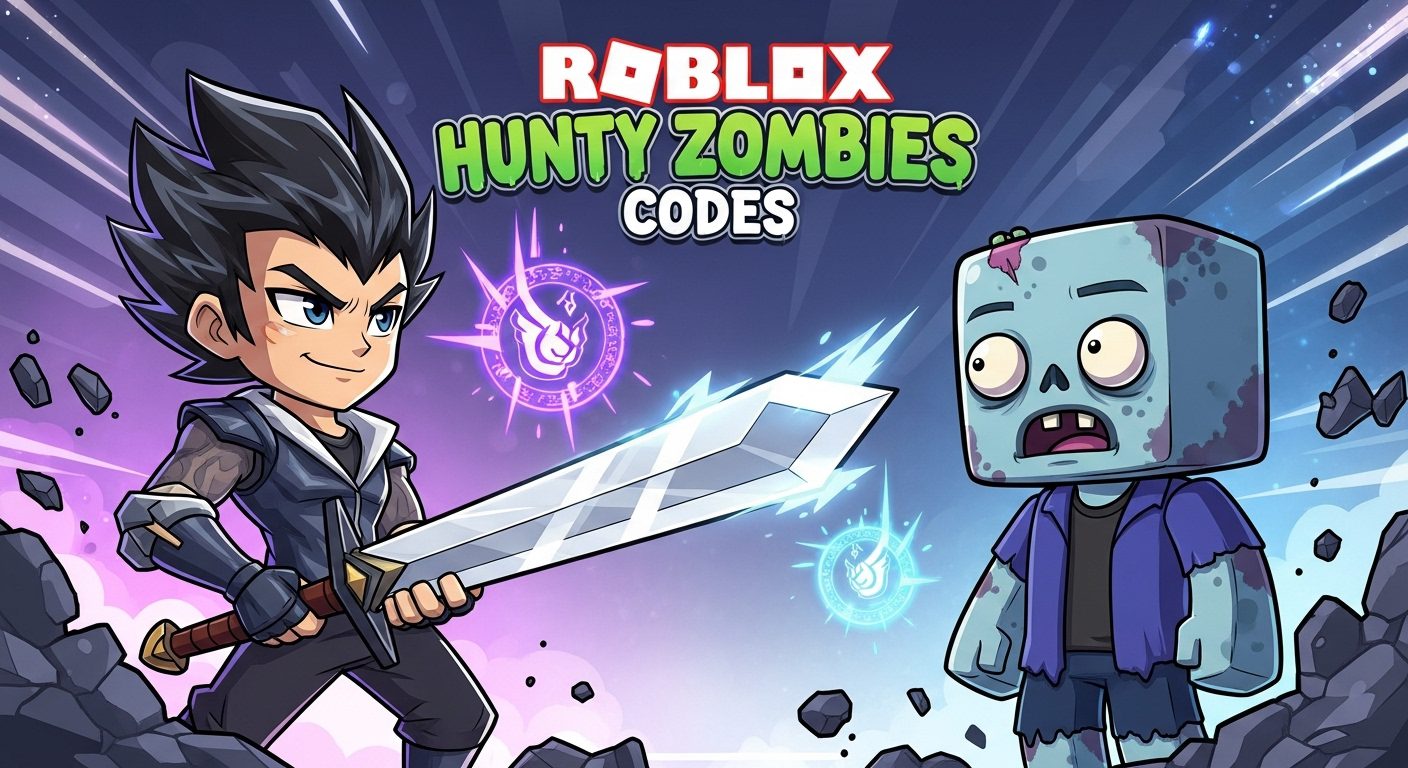

The most elusive Fortnite skins in 2025 are cosmetic characters that haven’t surfaced in the Item Shop for more than 1,000 days, were limited to particular devices or events, or were permanently removed due to licensing complications and public controversies. These digital treasures have evolved into prestige symbols within the Fortnite community, with certain skins like Shaman missing for over 2,090 days.
In this detailed guide, I’ll reveal everything I’ve discovered about Fortnite’s most exclusive skins through my extensive collecting experience and Item Shop rotation monitoring, including which skins remain permanently inaccessible, methods for anticipating rare skin comebacks, and tactics for developing your own exclusive collection. Whether you’re curious about how to get exclusive Fortnite skins like Superman or pursuing the ultimate rare cosmetics, this guide encompasses everything.
| Rarity Category | Examples | Availability Status |
|---|---|---|
| Ultra Rare (2000+ days) | Shaman, Travis Scott, Astro Jack | Unlikely to return |
| Device Exclusives | Galaxy, Honor Guard, Wonder | Permanently unavailable |
| Battle Pass Exclusives | Black Knight, Omega, Renegade Raider | Never returning |
Following daily Item Shop monitoring since Chapter 1, I’ve assembled the definitive ranking of Fortnite’s most exclusive skins based on their shop absence duration. These aren’t merely random cosmetics they’re digital relics that chronicle Fortnite’s development story. If you’re seeking to expand your collection with currently accessible content, explore our ultimate Fortnite Terminator skins return guide for recently returned exclusive items.

The undisputed champion of rarity, Shaman hasn’t appeared in the Item Shop since 2019. I recall when this skin debuted it seemed unremarkable at the time. Now, encountering a Shaman in your match feels like discovering a legendary artifact. The skin’s ethereal design and extraordinary scarcity have established it as the ultimate collector’s prize.
The Travis Scott skin’s disappearance transcends simple rarity it’s rooted in real world tragedy. Following the devastating Astro world incident, Epic Games silently removed all Travis Scott cosmetics from circulation. I possess this skin, and the volume of friend requests I receive simply from displaying it in lobbies is staggering. While the collaboration delivered the spectacular Astronomical concert experience, these items will likely never see daylight again.

Astro Jack, Travis Scott’s cosmic alter ego, faces identical circumstances. What makes this particularly devastating for collectors is that Astro Jack was arguably the superior design of the two skins, featuring dynamic reactive elements and distinctive aesthetics. The skin’s space themed appearance combined with its controversial unavailability makes it among the most coveted cosmetics in the entire game.

Rue’s narrative is both captivating and somewhat heartbreaking. Available for merely one day before removal due to design resemblances to certain historical military uniforms, this skin has achieved legendary status through its absence. I’ve conversed with players who purchased it during that singular day, and they treat it like a precious artifact rarely displaying it but treasuring their ownership of genuine Fortnite history.

The God of War champion hasn’t blessed the Item Shop in years, despite recent God of War games achieving tremendous success. As someone who frequently equips Kratos when available, the intimidation factor alone justifies the investment. Sony’s exclusive agreements and licensing complexities likely explain his prolonged absence.

Microsoft’s legendary Spartan has remained absent for over four years. Considering Halo Infinite’s continued success and Microsoft’s expanding gaming partnerships, Master Chief’s disappearance proves particularly baffling. I’ve observed that displaying this skin in creative modes instantly commands respect from other players who recognize its exceptional rarity.

This holiday warrior has become the elusive treasure of Christmas cosmetics. Every December, the community collectively anticipates Lt. Evergreen’s comeback, only to face repeated disappointment. I’ve monitored every Winterfest celebration since 2020, and his persistent absence has only magnified the mystique.

Despite Arcane Season 2’s tremendous reception, many anticipated Jinx’s return. Her continued absence makes her increasingly precious. I secured her during the original League of Legends partnership, and the skin’s quality remains outstanding as one of Epic’s finest crossover creations.

Vi mirrors her sister’s imprisonment in the exclusive skins vault. The champion boxer’s absence proves especially noteworthy given Riot Games’ ongoing success with League of Legends and Valorant. These Arcane skins embody a unique moment in gaming culture that may never be recreated.

The Mistborn hero remains among the most mysterious yet desired skins. Brandon Sanderson enthusiasts (including myself) cherish this crossover, and its rarity has only strengthened its appeal within the literary gaming community.
Certain skins surpass conventional Item Shop rarity because they were never purchasable with V Bucks. These device and platform exclusives represent the ultimate status symbol in Fortnite, comparable to how current exclusive content functions with collaborations such as Fortnite YouTooz virtual items.
The Galaxy skin demanded purchasing a Samsung Galaxy Note 9 or Tab S4 in 2018. I actually acquired the tablet primarily for this cosmetic (feel free to judge), and it remains my cherished favorite. The animated cosmic texture and purple luminescence make it immediately identifiable. With zero acquisition methods remaining, Galaxy embodies genuine digital scarcity.
This sophisticated purple and gold variant was exclusive to Honor 20 phone buyers. The skin’s refined design and extreme rarity make it a lobby conversation starter. I’ve encountered Honor Guard perhaps five times across thousands of matches.
Wonder skin challenged phone exclusive boundaries with its dynamic design. The requirement to purchase specific Honor phones in limited regions makes it among the rarest skins based purely on accessibility constraints.
Initially exclusive to NVIDIA GeForce GTX bundle purchasers, Reflex briefly returned to the Item Shop, sparking enormous controversy. Original owners received a unique style to preserve their exclusivity. This incident taught Epic valuable lessons about exclusive cosmetic handling.
Epic Games has stated definitively: Battle Pass skins remain exclusive to their season and will never return. This policy has established a permanent tier of ultra rare skins that grow more valuable with each passing season. For guidance on maximizing your current Battle Pass advancement, explore our Ninja Blitz Mode guide for seasonal gaming strategies.

The ultimate veteran flex, Black Knight represents commitment from Fortnite’s earliest competitive era. I still regret not grinding to Tier 70 in Season 2. The skin’s intimidating design and permanent exclusivity make it the most revered cosmetic in the game.

Technically not a Battle Pass skin but from the Season 1 seasonal store, Renegade Raider has achieved mythical recognition. Despite recent returns of other “OG” skins, Epic has maintained this one’s vault status, though recent data files suggest potential changes.

Complete Omega with all lights unlocked represents one of Fortnite’s most demanding grinds. The customizable armor and color variations were revolutionary for their era. Players who missed the lights still experience the disappointment years later.

When Skull Trooper returned to the shop, original owners received an exclusive purple variant. This established a precedent for “OG styles” that Epic occasionally honors for returning rare skins.
Some of Fortnite’s rarest skins exist in licensing uncertainty, where legal agreements, expired contracts, or external controversies prevent their return. This situation impacts many gaming collaborations, similar to patterns observed in other titles covered in our comprehensive gaming guides.
While Marvel skins regularly return during MCU releases, certain skins like Black Widow (Snow Suit) and Batman Zero remain absent for extended periods. I’ve identified patterns where movie releases trigger returns, but some collaborations appear permanently archived.
Beyond Travis Scott, skins like Marshmello (though he occasionally returns) and Major Lazer have unpredictable availability. These collaborations depend on ongoing relationships between Epic and the artists’ representation.
Skins from gaming collaborations like Kratos, Master Chief, and Lara Croft follow no recognizable pattern. I’ve attempted tracking their returns against game releases and anniversaries with no consistent correlation.
After years of collecting, I’ve developed methodologies that have helped me build an impressive collection of rare skins. Here’s my approach, refined from tracking hundreds of Item Shop rotations and studying patterns similar to those in Fortnite naming strategies:
I examine the Item Shop every day at 8 PM ET without exception. Utilize applications like FN.gg or Fortnite Tracker to configure notifications for specific skins. The secret is consistency rare skins frequently return without advance notice.
I maintain a minimum reserve of 3,000 V-Bucks constantly specifically for rare skin emergencies. When Kratos unexpectedly returned in 2021, I was prepared. This strategy has prevented countless moments of collector’s remorse.
I analyze patterns in Epic’s release scheduling. Holiday skins typically return during their corresponding seasons, while collaboration skins often align with related media launches. For instance, I accurately predicted Snake Eyes’s return when the new G.I. Joe movie was announced.
Following Fortnite data miners and leakers on Twitter provides essential advance warnings. Accounts like HYPEX, ShiinaBR, and iFireMonkey frequently reveal upcoming shop rotations days beforehand. I’ve secured numerous rare skins thanks to their intelligence.
While selling Fortnite accounts violates Epic’s Terms of Service, the underground marketplace provides fascinating insights into perceived value. Accounts featuring skins like Galaxy or Black Knight allegedly sell for hundreds or thousands of dollars.
I’ve discovered that rarity doesn’t always equal desirability. Some rare skins like Shaman are valuable purely for their scarcity, while others like Travis Scott combine rarity with exceptional design. My personal collection philosophy balances both elements.
Fortnite has mastered digital scarcity principles. The fear of missing out (FOMO) influences purchasing decisions, and I’ll admit I’ve bought skins I don’t adore simply because they might not return. This psychological strategy is both ingenious and frustrating.
The Fortnite community’s relationship with rare skins is intricate and often divisive. Through my interactions on Reddit’s r/FortNiteBR and various Discord servers, I’ve observed distinct factions. These community dynamics also influence other gaming collections, as seen in guides like Fortnite clan naming.
Many veteran players believe rare skins should remain exclusive as rewards for early adoption and loyalty. When rumors circulate about skins like Renegade Raider returning, these players vocally resist it. I understand their viewpoint exclusivity adds significance to digital collections.
Newer players contend that locking content behind temporal barriers is unjust. They desire opportunities to acquire their favorite skins regardless of when they began playing. This tension reached a climax when Skull Trooper returned, establishing precedents still debated today.
Players like myself who approach Fortnite cosmetics as a serious collecting pursuit. We monitor releases, maintain detailed records, and derive genuine satisfaction from completing sets. The rarity adds depth of meaning beyond the cosmetics themselves.
Based on my experience monitoring skin releases and returns, here are my forecasts for future rare skins, applying lessons learned from patterns in other gaming content like Fortnite vehicle locations:
I believe Master Chief will return when the next Halo content launches. Similarly, Kratos might reappear if Sony announces a new God of War project. These gaming collaborations have precedent for returning during relevant promotional periods.
Travis Scott and Astro Jack are essentially confirmed never to return given the real world circumstances. Device exclusives like Galaxy and Honor Guard are technically impossible to bring back without destroying their entire value proposition.
Current skins that might become rare include limited time collaborations with uncertain futures. The recent Cyberpunk 2077 and upcoming collaborations could become tomorrow’s rare skins if licensing agreements aren’t renewed.
For serious collectors, understanding how to monitor skin data is essential. I use several tools and methods to maintain my collection intelligence, similar to strategies employed in tracking exotic weapon locations.
Websites like FortniteTracker and FNBR.co extract data directly from Epic’s API to monitor exact last seen dates. I reference these daily to update my personal tracking spreadsheet.
The Fortnite Wiki maintains comprehensive skin histories including release dates, shop appearances, and bundle information. Cross referencing multiple sources ensures accuracy in rarity claims.
When new updates release, I immediately examine data miner reports for shop API modifications. Skins added to the shop API frequently appear within 30 days, providing collectors advance warning.
If you’re beginning your rare skin collection journey, here’s my guidance based on years of successes and failures, incorporating lessons from Fortnite gameplay guides:
Don’t fixate on unobtainable skins like Galaxy or Black Knight. Focus on building a collection of skins that could return but haven’t appeared recently. This provides realistic targets while maintaining the excitement of the hunt.
Screenshot your locker regularly and maintain a detailed spreadsheet of your collection. I’ve helped friends recover compromised accounts because they had thorough documentation of their cosmetics.
Find Discord servers and Reddit communities focused on collecting. Sharing the excitement of rare skin returns and commiserating over missed opportunities enhances the experience. Some of my closest Fortnite friendships began over shared collecting interests.
It’s easy to overspend pursuing rare skins. I establish a monthly V-Bucks budget and adhere to it. The satisfaction of intelligent collecting outweighs the regret of financial irresponsibility.
Rare skins have evolved beyond their original cosmetic purpose to become cultural artifacts within the Fortnite ecosystem. They represent moments in gaming history, from early adoption to controversial removals, similar to how other gaming elements gain cultural significance as shown in major gaming crossovers.
Wearing a rare skin in Fortnite serves a similar social function to luxury items in real life. It signals investment, dedication, and often skill (in the case of challenging Battle Pass skins). I’ve noticed immediate respect differences when wearing Black Knight versus a common skin.
As someone who considers gaming history, rare skins raise questions about digital preservation. When Fortnite eventually concludes, what happens to these digital artifacts? The impermanence adds both urgency and poignancy to collecting.
Based on my analysis and community consensus, Travis Scott and Astro Jack will almost certainly never return to the Item Shop. The real world circumstances surrounding their removal make a return extremely unlikely, if not impossible. Epic Games has shown no indication of bringing back these cosmetics.
From a pure availability standpoint, device exclusives like Galaxy, Honor Guard, and Wonder are the rarest since they’re completely unobtainable now. However, if we’re discussing Item Shop skins, Shaman holds the record at over 2,090 days absent, making it the rarest purchasable skin still theoretically available.
I recommend using FortniteTracker.com or FNBR.co to check your skins’ last appearance dates. These sites track every Item Shop rotation and can tell you exactly how many days each skin has been absent. You can also check your locker against community maintained rarity lists on the Fortnite Wiki.
No, rare skins provide zero gameplay advantage they’re purely cosmetic. However, I’ve noticed psychological effects: opponents sometimes play differently against rare skins, either assuming higher skill or getting distracted by unique designs. But mechanically, all skins are equal.
Absolutely not. Buying or selling Fortnite accounts violates Epic Games’ Terms of Service and will result in permanent bans. I’ve seen friends lose thousands of dollars to scammers selling “rare accounts.” Additionally, purchased accounts can be reclaimed by original owners. Build your own collection legitimately.
After years of collecting and tracking Fortnite’s rarest skins, I’ve learned that the pursuit is about more than just cosmetics. It’s about being part of gaming history, connecting with a passionate community, and finding joy in digital collecting. Whether you’re chasing the impossible dream of Galaxy or simply hoping for Kratos’s return, remember that the journey is often more rewarding than the destination.
The landscape of rare Fortnite skins continues evolving with each update, shop rotation, and collaboration announcement. While some skins will remain forever locked in the vault of gaming history, others might surprise us with unexpected returns. Stay vigilant, manage your V-Bucks wisely, and most importantly, enjoy the thrill of the hunt.
For more Fortnite guides, tips, and the latest updates on rare skin returns, check out our complete Fortnite guides and tips collection. Happy collecting, and may the Item Shop gods smile upon you!

